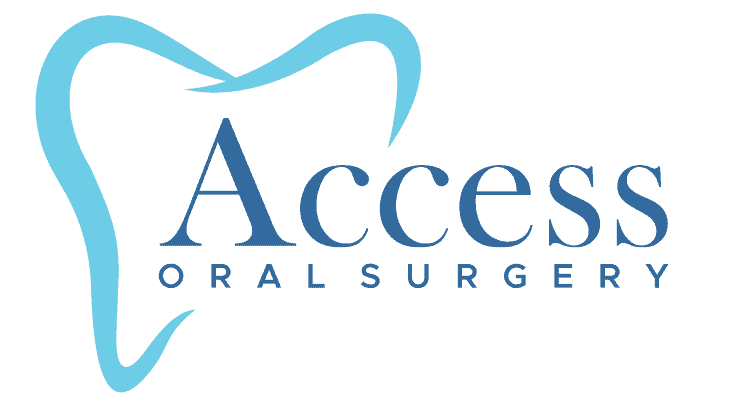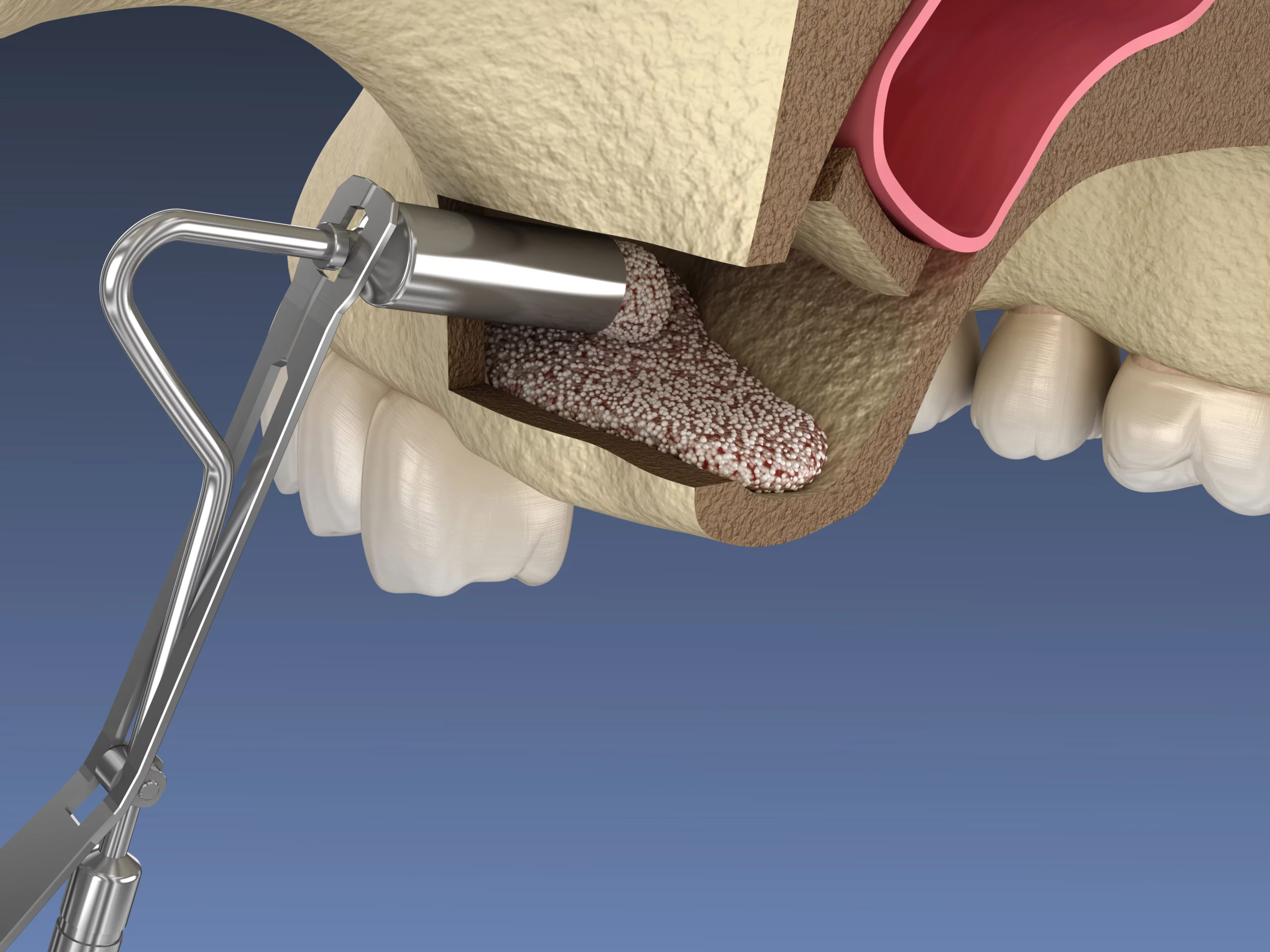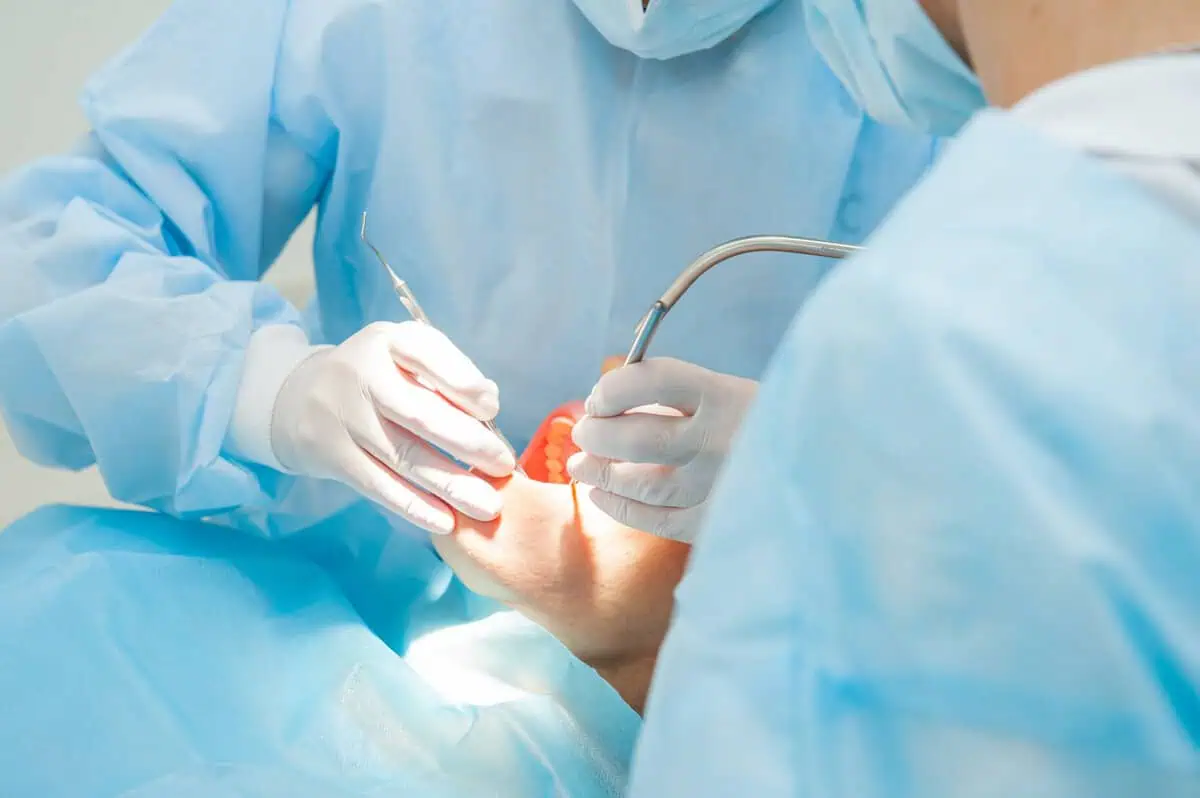A sinus lift, also known as sinus augmentation, is a procedure often necessary for individuals who wish to receive dental implants but lack sufficient bone height in the upper jaw. Over time, factors such as tooth loss, periodontal disease, or the natural aging process can result in bone deterioration, making it difficult for implants to be securely placed. This surgical process aims to increase bone volume by lifting the sinus membrane and placing a bone graft in the newly created space. Familiarizing the steps involved in a sinus lift can help patients feel more prepared and confident about the procedure, ensuring a smoother and more comfortable experience.
Preparation for the Sinus Lift Procedure
Preparing for a sinus lift involves several key steps to guarantee a smooth and practical procedure. The process begins with a comprehensive consultation with your dental surgeon, who will review your dental and medical history. During this consultation, x-rays or CT scans will be taken to assess the anatomy of your jaw and sinuses, helping the surgeon determine the extent of bone loss and the precise location for the bone graft.
Bone grafting materials need to be chosen before the procedure. The graft material can come from various sources, such as your own body (autograft), a donor (allograft), an animal source (xenograft), or synthetic materials. Each type of graft material has its benefits, and your surgeon will discuss which option is best suited for your specific needs.
Patients may need to follow specific instructions in the days leading up to the surgery. If sedation will be used, fasting for six hours before the procedure is typically required. Patients should continue taking their regular medications unless advised otherwise by their surgeon. It is also advisable to arrange for someone to drive you home after the procedure, especially if sedation is involved.
On the day of the surgery, arrive at the clinic on time and bring any dental appliances or retainers previously used.
Pre-Procedure Instruction
Follow these pre-procedure instructions for a smoother experience:
- Fasting Requirements:
- Do not eat or drink for at least six hours before the surgery if oral sedation or IV sedation will be used.
- Medications:
- Continue taking your usual medications unless instructed otherwise by your dental surgeon.
- Consider taking over-the-counter pain relievers, such as ibuprofen or acetaminophen, before the procedure to help manage post-surgery discomfort and inflammation. But do so under the direction of your provider.
- Transportation:
- Arrange for someone to drive you to and from the appointment if sedation is used, as you may feel groggy or disoriented afterward.
- Dental Appliances:
- Bring any retainers or dental appliances you use, as they may be needed during the procedure.
- Clothing:
- Wear comfortable clothing on the day of the surgery to ensure you are at ease during and after the procedure.
- Arrival:
- Plan to arrive at the clinic on time to ensure a smooth start to your appointment.
The Sinus Lift Procedure
The sinus lift procedure, or sinus augmentation, involves several key steps to create additional bone in the upper jaw for dental implants.
- Anesthesia:
- Local anesthesia numbs the surgical area. For patients requiring more extensive work or those with anxiety, oral or IV sedation might be provided.
- Incision:
- The process initiates with an incision in the gum tissue to expose the jawbone. The gum is carefully lifted to reveal the underlying bone.
- Creating Access to the Sinus:
- A small, oval-shaped window is cut into the exposed bone. The surgeon gently pushes the sinus membrane upward through this window, creating space between the jawbone and the sinus cavity.
- Placing the Bone Graft:
- The newly created space is then filled with bone graft material. This graft can come from various sources, such as the patient’s own bone, a donor, an animal source (xenograft), or synthetic materials.
- The type of bone graft used will be discussed with the patient beforehand, ensuring the best option for individual needs and circumstances.
- Closing the Incision:
- The surgeon closes the incision with stitches once the graft material is securely in place. The area is then allowed to heal, and the graft integrates with the natural bone over several months.
Post-Procedure Care and Recovery
Here’s what to expect and how to manage the recovery process:
- Immediate Post-Operative Period:
- Swelling and minor bleeding from the mouth or nose are common in the first 48 hours. Rest and avoid strenuous activities during this time to help your body heal.
- Use ice packs on the face to subside swelling, and take prescribed medications as your surgeon directs.
- Pain Management:
- Over-the-counter pain relievers such as ibuprofen or acetaminophen can help manage discomfort. Your surgeon may also prescribe stronger pain medication if needed.
- Dietary Restrictions:
- Stick to a soft food diet for the first week to avoid irritating the surgical site. Foods like yogurt, mashed potatoes, and smoothies are good options.
- Avoid using straws, as the suction can disrupt the healing graft and stitches.
- Oral Hygiene:
- Do not brush near the surgical site for at least 48 hours. After this period, brush gently and avoid direct contact with the surgical area.
- Rinse your mouth with a saltwater solution 4-5 times a day, especially after meals, to keep the area clean and promote healing.
- Activity Restrictions:
- Avoid blowing your nose or sneezing forcefully for at least a week, as this can dislodge the bone graft and affect the healing process.
- Refrain from smoking, as it can significantly impair healing and increase the risk of infection.
- Follow-Up Appointments:
- Return to your dentist or surgeon for follow-up appointments as scheduled. These visits are important to monitor the healing progress and remove any non-dissolvable stitches.
- Regular check-ups will also help ensure the bone graft integrates well with your natural bone.
- Signs of Complications:
- Contact your surgeon if you experience severe pain, swelling that worsens over time, continuous bleeding, or any signs of infection such as fever or unusual discharge from the surgical site.
- Minor symptoms like a sense of fullness in the sinuses or minor vertigo can occur but should subside within a few days.
Takeaway
Schedule a consultation with Access Oral Surgery if you’re considering a sinus lift procedure to enhance your dental health and ensure successful dental implants. Dr. McKinney provides personalized care and guides you through every step of the process. Contact us today to help restore your smile and improve your oral health. Visit us for your appointment now and take the first step toward a healthier, more confident you.



